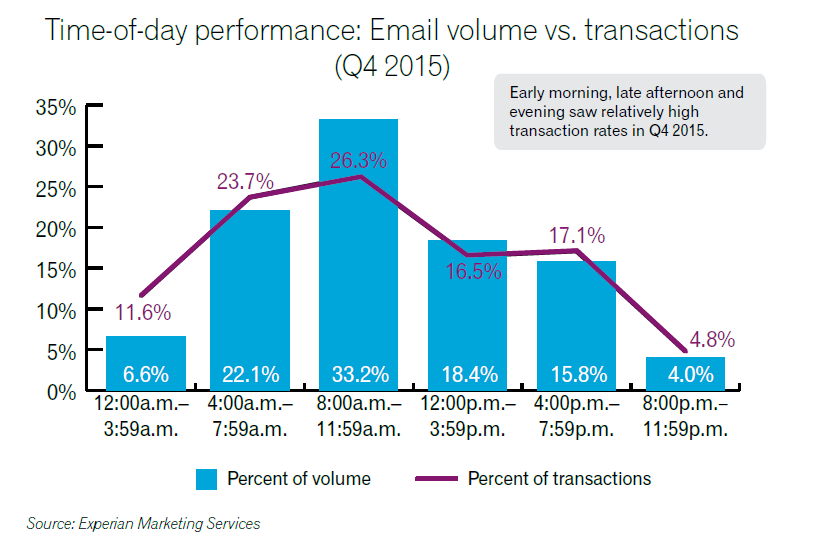Apr
2016
How to create an effective email marketing campaign
According to this source 144.8 billion emails are sent globally every single day. So it is important to ensure that yours is one of the few that ends up being noticed, and doesn’t end up straight in the trash. But what are the most effective ways to ensure your marketing email is noticed, opened and actioned?
1. Personalisation
It is important to make an email relevant and personalised to the reader, but without coming across as false. This source suggests that using a customer’s name at the start of an email is actually off-putting, forcing familiarity too soon will not create a relationship where one does not already exist. Briffett (2013) reminds us to keep relationships with the consumer meaningful. Much like in real life, intimacy must be earned rather than assumed. Instead, opt for personalisation based on previous customer activity such as their needs or history, demonstrating much more care and effort and acknowledging a subscribers individuality.
2. Subject line
The subject line of an email is going to be the deciding factor on whether someone decides to open or not, so it needs to be eye-catching and relevant. When it comes to the length, there appears to be one area to avoid: between 60 and 70 characters, or what is referred to by marketers as the ‘dead zone’ of subject length. Research by Adestra found that there is no increase in click throughs or open rate for subject titles of this length, through tracking over 900 million emails in their report. It was found that subject lines of above 70 characters were most beneficial to engage readers in clicking through to content within the email, and subject lines of less than 50 tested well with open rate. A great example of an effective subject line was Barrack Obama’s fundraising campaign, with just ‘Hey’ as the subject he saw fantastic engagement with the campaign.

3. Timing
Research (see below) has shown that the optimum time to send out a Marketing email is between 8am and midday, in order to get not only the best open rate but click throughs and sales too. Importantly, each customer base will be different so the best way to find the right timing for success is to test! Send out emails at different times and see what is most effective for your business, and be sure to monitor stats through your email client.

4. Build your subscriber list!
If you are sending emails out to the same small pool of recipients it makes sense that you would get a limited response rate. Look for opportunities to increase opt-ins and collect contact details for your customers and those who are interested in your business.
- Strategically place a newsletter signup form on relevant pages of your website
- Link to an email newsletter opt-in within a one-off email
- Add a newsletter opt-in field to inquiry or booking forms
- Add an opt-in link to order confirmations, surveys and other emails that you send out
It is also a good idea to include links to social media within your email to allow recipients to share with others, enabling you to gain even more subscribers.
It is important to remember that email marketing is still a paid media (Chaffey, 2012) much like traditional leaflets, and as a business you would not continue to invest in handing out leaflets if there was no sign of return on this investment. Although email marketing can take some time to figure out, and it can take some practise to make the most of this channel, that does not mean that it will work for everyone. However if you are willing to put in a bit of work and investment, as with any marketing, it can pay off as a cost effective and successful way to advertise your business.
Check out some great examples and more tips:
Email marketing examples
8 effective email strategies backed by research
Effective email marketing in 10 simple steps
14 tips for effective email marketing
References:
Briffett, S. & Ruebke, S. (2013) ‘The role of content in creating meaningful conversations online: Case study of Henkel Beauty Care’s digital campaign in Germany’. Journal of Digital & Social Media Marketing, Volume 1, Number 2, 1 January 2013, pp. 128-135(8)
Chaffey, D. and Ellis-Chadwick, F. (2012) ‘Digital Marketing: Strategy, Implementation and Practise’. [Online] < http://lib.myilibrary.com.ezproxy.brighton.ac.uk/Open.aspx?id=399626 > [Accessed 20/4/16]
